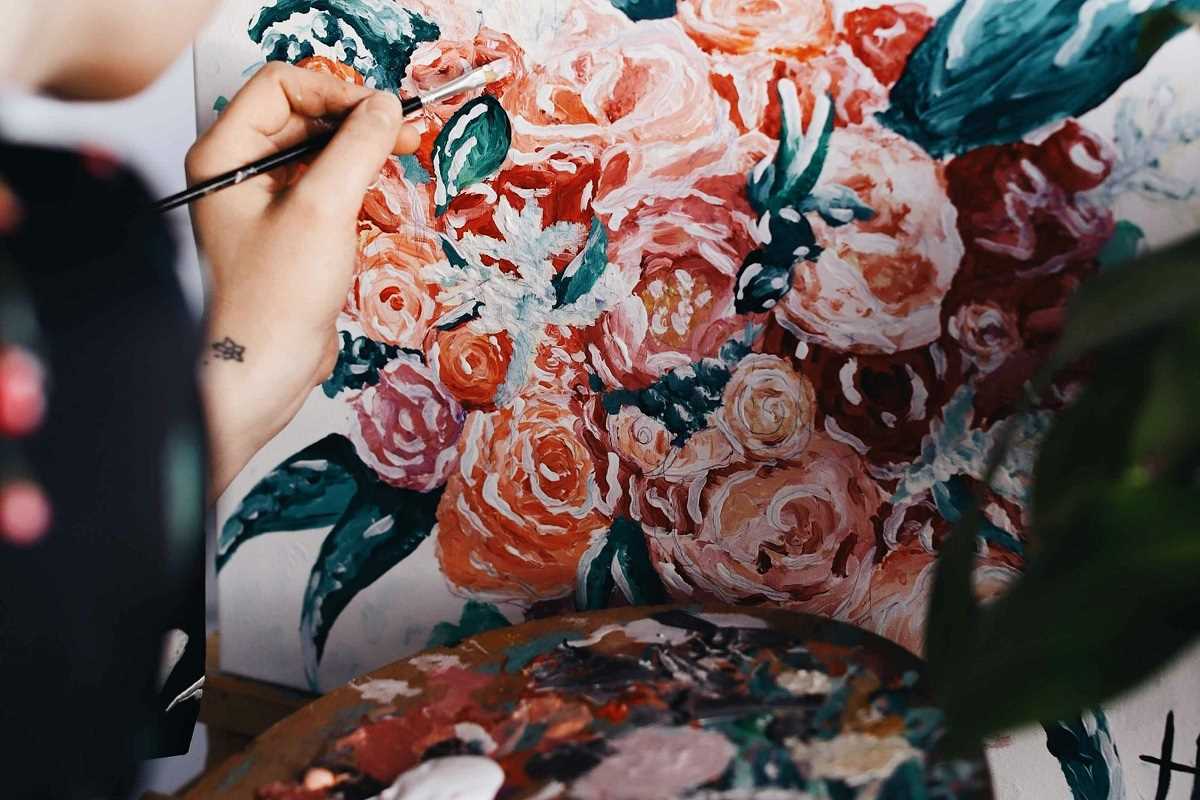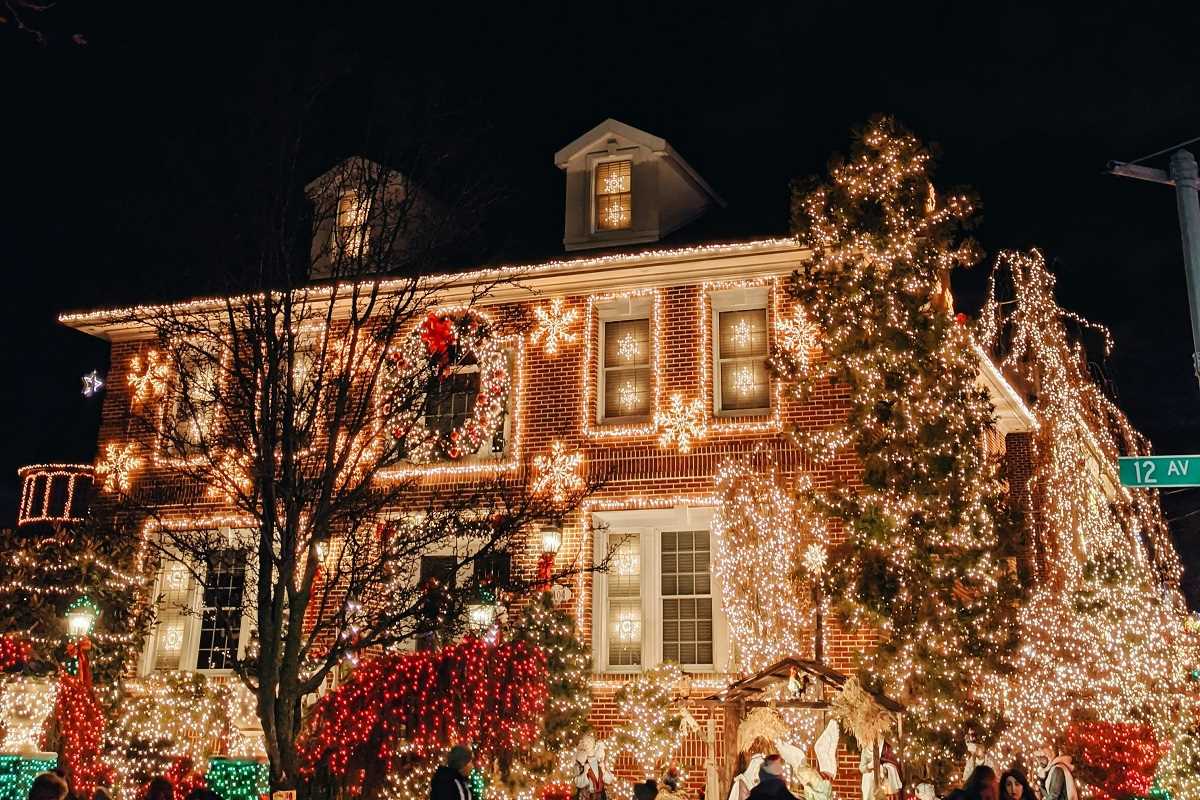Indie rock music, often characterized by its DIY ethos, experimentation, and a distinct departure from mainstream conventions, has undeniably left its mark on pop culture. While indie rock began as a niche genre for those seeking an alternative to the polished sound of commercial pop, its influence has gradually seeped into the mainstream. This crossover from underground to ubiquitous cultural force has shaped everything from fashion trends to social attitudes and even the very structure of modern pop music. How did indie rock make this transition, and what does its influence on mainstream pop culture look like today? Let's explore the impact of indie rock music on mainstream trends, personalities, and the very fabric of pop culture.
The Rise of Indie Rock and Its Cultural Appeal
Indie rock’s roots can be traced back to the 1980s and early 1990s, as bands like R.E.M., Sonic Youth, and The Pixies began to create a sound that was distinctly their own — one that was not bound by the expectations of major record labels. These bands not only embraced non-commercial, experimental sounds but also adopted a rebellious, anti-corporate stance, positioning themselves as the cultural underdogs. As the internet made it easier for artists to distribute their music independently, indie rock began to gain traction in the 2000s.
The appeal of indie rock music lay in its authenticity and its rejection of mainstream norms. While pop music was becoming increasingly formulaic, indie bands were offering something raw, emotional, and real. This resonated with a generation eager for something new and different. Indie rock provided an alternative to the polished, cookie-cutter approach of commercial pop music. With its stripped-back instrumentation, lo-fi production, and heartfelt lyrics, indie rock offered an authenticity that many felt was missing from the pop landscape. The genre’s ethos also mirrored broader cultural shifts towards individuality and non-conformity, allowing it to seep into other aspects of pop culture, including fashion, film, and television.
Indie Rock's Cross-Pollination with Mainstream Pop
The crossover between indie rock and mainstream pop music began slowly, with artists from both sides of the spectrum drawing inspiration from one another. Indie rock bands began to experiment with more accessible sounds, incorporating elements of pop while still maintaining their core aesthetic. Meanwhile, mainstream pop artists started to borrow from indie rock's unconventional structures and raw soundscapes. What followed was a fusion of genres, blending the catchy hooks of pop with the authenticity and grit of indie rock.
One of the most obvious examples of this cross-pollination can be seen in the work of artists like Lorde, who broke onto the scene with her indie-inspired pop anthem "Royals." Her minimalist production, introspective lyrics, and subtle rebellion against the materialism of mainstream pop culture felt like a direct nod to the indie rock ethos. Similarly, bands like Arcade Fire and Vampire Weekend infused their music with elements of pop, achieving chart-topping success while still maintaining their indie credibility. This blending of genres helped to shape the sound of modern pop music, which today often incorporates indie rock’s lo-fi aesthetics, experimental sounds, and non-traditional song structures.
The Influence on Fashion and Aesthetics
Beyond the music itself, indie rock has significantly influenced fashion and aesthetics in mainstream pop culture. Indie bands, with their often quirky, eclectic style, became icons for fashion-conscious youth. The “indie look” typically embraces a mixture of vintage, thrift store finds, and DIY aesthetics, rejecting the highly curated, glamorous style of mainstream pop stars. The rise of brands like Urban Outfitters and the popularity of thrift stores can be partially attributed to indie rock’s influence. The look, often characterized by flannel shirts, oversized jackets, and band t-shirts, became a staple of youth culture in the early 2000s.
As indie rock grew in popularity, it began to influence the style of mainstream pop icons as well. Artists like Florence Welch of Florence + the Machine and even the more commercial pop stars like Taylor Swift began to incorporate indie-inspired elements into their wardrobes. This aesthetic of authenticity and nonchalance became a major trend, one that embraced imperfection and individuality over the polished, manufactured looks seen in traditional pop culture. Indie rock’s fashion influence extended beyond just clothing — its DIY sensibility also influenced the visual art direction of album covers, music videos, and even movie posters.
Shaping Modern Social Movements and Attitudes
Indie rock’s ethos of rebellion, anti-materialism, and authenticity resonated with a generation that was looking for more than just mindless entertainment. As indie rock grew in popularity, it became a soundtrack for social movements and cultural shifts. Indie music gave a voice to alternative lifestyles and marginalized groups, with many indie bands addressing issues like social justice, mental health, and environmental concerns. This broader social awareness found its way into pop culture, shaping the values and attitudes of young people across the world.
Artists like The Arctic Monkeys and Tame Impala have not only shaped musical tastes but have also contributed to a larger cultural conversation about authenticity, individuality, and self-expression. These themes have influenced everything from the growth of eco-conscious fashion brands to the rise of social activism among young people. In many ways, indie rock has fostered a cultural climate that prizes individuality and self-representation, values that have become key tenets of today’s mainstream pop culture.
Blurring the Line Between Indie and Pop Stars
One of the most striking effects of indie rock on mainstream pop culture is the blurring of the lines between indie musicians and pop stars. Where once the two genres seemed worlds apart, today’s music scene is a much more fluid and interconnected space. Many artists, once strictly associated with the indie rock scene, have gone on to achieve significant mainstream success without fully abandoning their roots. The blending of genres has resulted in the rise of what can only be described as “indie pop,” a genre that sits comfortably between the two worlds.
In recent years, we’ve seen indie artists like Billie Eilish and Phoebe Bridgers, whose music is deeply influenced by indie rock’s experimental and emotionally raw qualities, rise to fame in the pop mainstream. Eilish’s minimalistic production, whispered vocals, and deeply introspective lyrics carry the same DIY ethos that indie rock was built on, while Bridgers’ confessional style and exploration of darker themes resonates with listeners who appreciate indie rock’s authenticity. These artists have demonstrated that the boundaries between indie rock and pop music are increasingly difficult to define, with both genres now feeding off each other in creative and unexpected ways.
The Enduring Legacy of Indie Rock in Pop Culture
While indie rock may no longer be as much of an underground movement as it once was, its influence on mainstream pop culture remains undeniable. From the music itself to the fashion trends, social attitudes, and even the way pop stars approach their careers, indie rock has shaped the pop landscape in profound and lasting ways. Today, it’s common to hear indie-influenced elements in the music of top-charting pop artists, and the DIY sensibility of indie rock continues to inspire new generations of musicians, designers, and creators.
Looking ahead, it’s clear that the cultural impact of indie rock is far from over. As pop culture continues to evolve, the influence of indie rock will undoubtedly continue to shape the conversation around authenticity, self-expression, and artistic integrity. Even as the sounds and styles of mainstream pop music change, the legacy of indie rock's ethos and creative freedom will remain a key influence on the artists and cultural movements of tomorrow.
Key Takeaways
- Indie rock's emphasis on authenticity, experimentation, and individuality paved the way for modern pop music's embrace of diverse sounds.
- Indie rock influenced the fashion world with its eclectic, anti-glamour aesthetic, which became popular among youth and mainstream stars alike.
- The genre's ethos of rebellion and social consciousness aligned with broader cultural shifts, encouraging social movements and activism.
- Many successful modern pop artists, such as Billie Eilish and Lorde, have drawn inspiration from indie rock’s raw emotional style and non-traditional structures.
- Indie rock’s influence on mainstream pop culture continues to shape the future of music, fashion, and social movements, leaving a lasting cultural legacy.
Indie rock’s influence on mainstream pop culture is both deep and lasting. From changing how music is made and consumed to reshaping cultural norms and fashion, indie rock has had a profound impact on the world at large. Its legacy can be seen in every corner of the pop culture landscape, proving that authenticity and individuality always have a place, even in the most commercial of spaces.
 (Image via
(Image via





